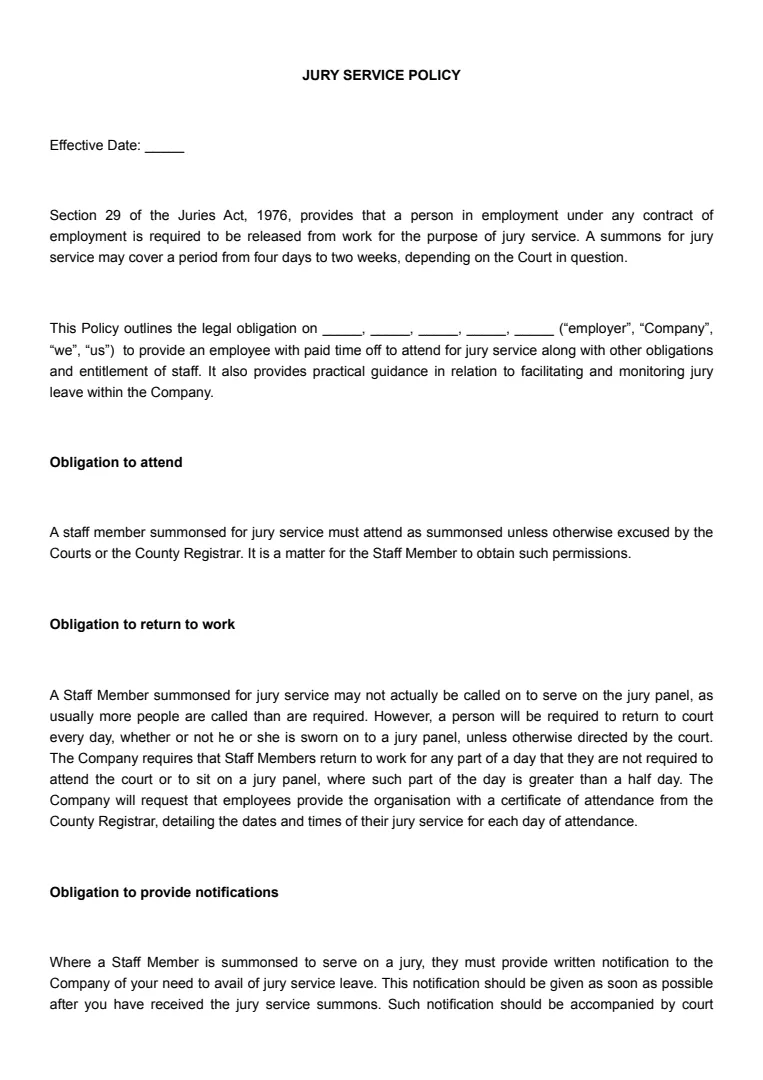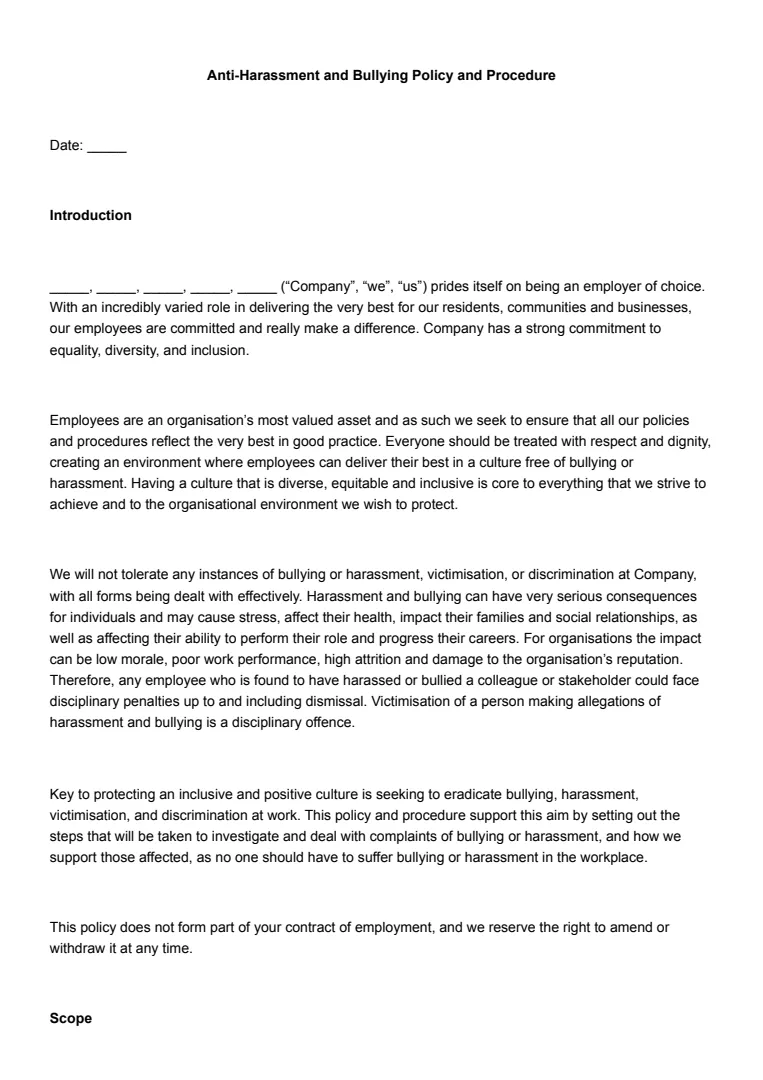What Is a Recruitment Policy?
A recruitment policy is like a rulebook for your organisation's hiring process. It sets the standards for how you bring new team members on board. Think of it as your go-to guide for every stage of recruitment, ensuring consistency and compliance.
The policy is designed to attract the best talent by detailing clear, standardised methods. It helps your organisation's hiring practices stay transparent, making sure you're following relevant employment laws and maintaining fairness at every step.
A solid recruitment policy not only streamlines your hiring process but also protects your business from legal issues. It ensures you evaluate candidates on a level playing field.
Your team will know exactly what's expected, and applicants will appreciate the clarity during their hiring experience.
Key elements of a recruitment policy might include:
- Job Advertising: Guidelines for how and where to post job openings.
- Selection Process: Steps detailing how to assess candidates.
- Equal Opportunity: Ensuring a fair process for all applicants.
By following a robust framework, you're setting up your organisation for success. A well-drafted recruitment policy is essential for attracting and retaining top talent effectively.
When Is a Recruitment Policy Needed?
You might wonder when it's time to implement a recruitment policy. A well-defined recruitment policy becomes crucial in various situations to ensure a smooth hiring process and compliance with applicable laws.
When your company is growing rapidly and hiring frequently, a recruitment policy helps maintain consistency and fairness. It ensures every candidate receives identical treatment and helps reduce biases in the hiring process.
If you're introducing flexible working arrangements or aiming to enhance diversity and inclusion, a recruitment policy can guide these initiatives effectively. It ensures all processes align with your strategic goals while supporting fair opportunities for potential employees.
Trade unions may play a role in shaping recruitment practices. Having a clear policy can help navigate discussions around employment terms and guarantee compliance with agreements or standards advocated by trade unions.
If your organisation experiences high turnover or recruitment issues, such as complaints of unfair practices, a policy can address these concerns. It outlines processes and responsibilities and can act as a preventive measure against disputes.
In cases of legal or regulatory requirements, like when employing overseas talent, a recruitment policy ensures all necessary procedures are followed. It guarantees compliance, reducing legal risks while streamlining activities related to hiring internationally.
Consider the Acas helpline as a resource for guidance on developing a comprehensive recruitment policy. This helpline can provide valuable insights and help ensure your policy is aligned with current legislation and best practices.
How to Write a Recruitment Policy
Creating a clear and robust recruitment policy can be made simpler by following these steps.
Step 1: Define Your Hiring Philosophy
Start by defining your hiring philosophy. Consider your organisation's goals and values and align them with the recruitment process to establish a consistent approach that supports your employer brand.
A clear philosophy guides hiring managers and sets the tone for all recruitment activities.
Step 2: Outline the Recruitment Procedures
Detail the stages of the hiring process, from job posting to onboarding. Specify the roles and responsibilities of human resources and hiring managers.
Ensure these procedures comply with employment laws and industry standards to maintain legal and ethical recruitment practices.
Step 3: Incorporate Recruitment Software and ATS Tools
Use recruitment software and Applicant Tracking System (ATS) tools to streamline operations. These technologies help manage applications efficiently and ensure that information is easily accessible for decision-making.
Implementing such systems promotes transparency and saves time during the hiring process.
Step 4: Establish Criteria for Evaluating Candidates
Define essential skills, experience, and qualifications for each role. Establishing clear criteria helps maintain transparency and fairness when assessing applicants and ensures a merit-based selection process. This also reflects positively on your company’s employer brand.
Step 5: Regularly Review and Update the Policy
Review and update the recruitment policy regularly to adapt to changing business needs or legal requirements.
Engage with hiring managers and HR teams for feedback to provide valuable insights that refine recruitment strategies and improve overall efficiency.
Step 6: Document Your Policy Clearly
Document your policy in a clear and straightforward way. Format it so that it’s easy for all stakeholders to understand.
A well-organised policy ensures that everyone involved in the hiring process is on the same page, promoting a cohesive and efficient recruitment process.
You can use a recruitment policy template for the UK to help guide you.













